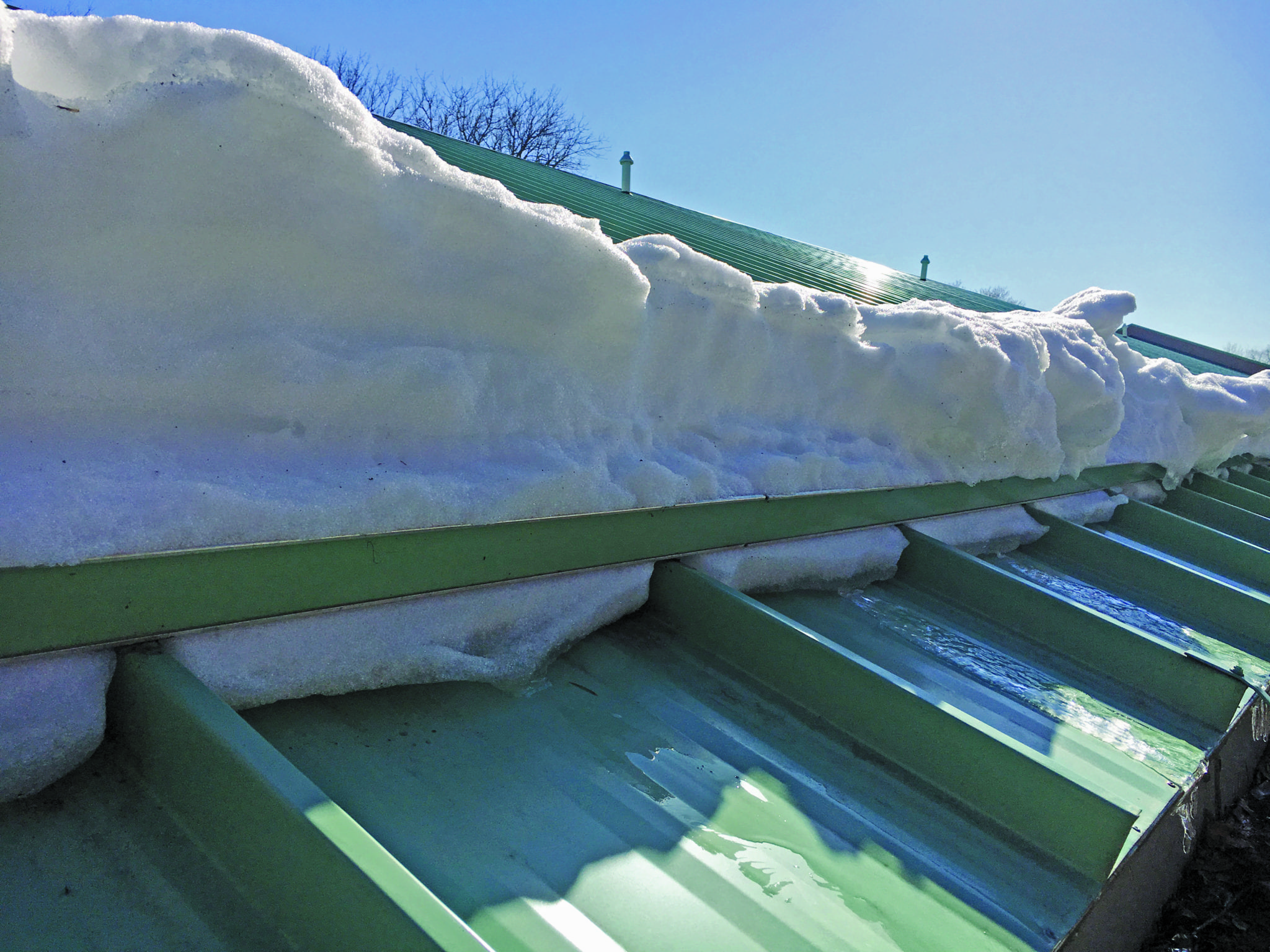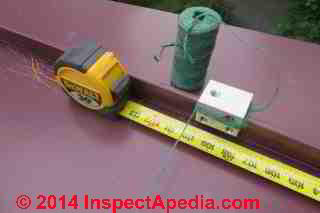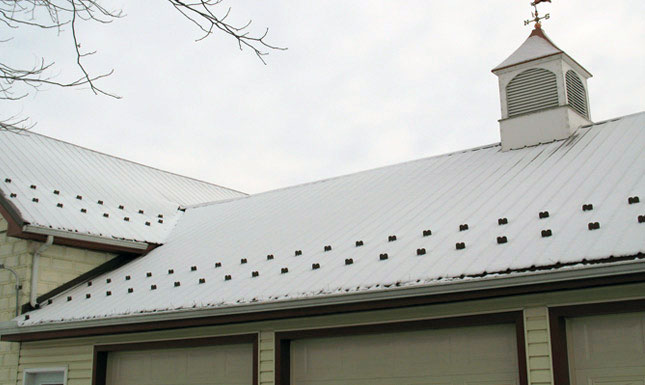
Prolonged sun exposure or building heat loss can break that bond, though, enabling moisture to get between the two and create a slippery situation. No matter the amount of snowfall, a temperature-sensitive connection with the metal roofing surface is formed. It’s common to presume they’re only needed in regions that sustain heavy winter storms, but in reality, not much snowfall is needed to create a hazardous situation. Protection for All Winter-Weather ClimatesĪll metal-roofed properties in areas where snowfall may happen should take advantage of snow guards. Any impacted areas are susceptible to moisture infiltration, which can corrode remaining roof panels and damage interior building contents. They may also break windows, rip off gutters, tear away siding, demolish vents, flatten seams, and buckle panels.

Gaining control is essential because a sudden release – sometimes called a rooftop avalanche – can cause life-threatening harm. Snow guards are devices attached to a metal roof that help snow melt or drift off in small amounts instead of cascading over the side all at once.
#Snow guards for metal roofs installation install
Easy to install and effective in use, they can keep snowfall in place during heavy storms and allow snowmelt to drain in a controlled manner when temperatures climb. Snow guards are a great way to minimize the dangers of snow shedding on your metal roof. However, that magic can quickly wear off as large amounts of snow and ice accumulate atop a building’s roof, creating a risk for people and property as it falls off without notice. It also allows for quick release during extreme snow accumulation that might otherwise damage the panels.The season’s first snowfall can be enchanting, creating a winter wonderland. Only adhesive should be used to mount snow guards to standing-seam, floating-type roofs, as this technique allows for thermal expansion and contraction of the panels.

Snow guards should be installed in the critical areas listed, but not necessarily in areas where snow and ice can be released safely onto the ground by gravity and natural warming. There should not be more snow guards installed than are necessary, as they might allow too much snow to accumulate and damage the roof.Tape has very little or no resistance to ultraviolet light and tends to roll up underneath the snow guard when exposed to shear loads. Check the mounting tape, if it is present.Snow guards should be installed over sidewalks, doorways, driveways, and anywhere else that people are likely to walk or gather, or where property is stored.


Nevertheless, building owners can be held liable for any property damage and personal injury resulting from excessive snow if it could have been prevented with snow-retention systems. In many cases, snow guard systems are not included during initial roof installations because of the additional cost and the general lack of awareness of their need.


 0 kommentar(er)
0 kommentar(er)
